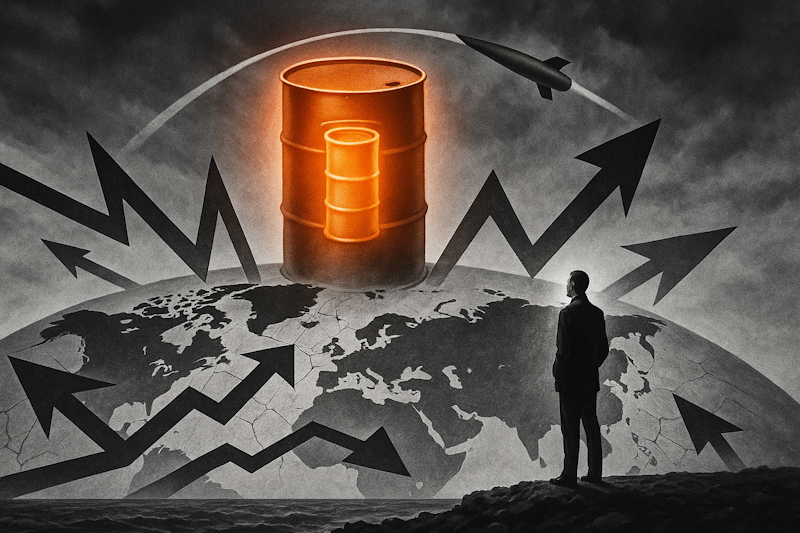A lot of my readers have heard me talk about the market “melt up” or the “smoke and mirrors” economy all year long.
And they have also heard me say how aggressively bullish I am and have been since early 2023.
Now, you might be wondering how that makes sense…
I mean, if the economy is actually unhealthy, why have I been so bullish on stocks?
And the short answer is this:
The stock market and the economy are not the same. In fact, they’re remarkably independent from one another.
Now, obviously, there are links…
If the economy is so poor that the companies driving the stock market report bad earnings consistently, yes, you will see that show up on your charts.
But it’s not so simple…
Because while a “bad economy” should result in companies struggling, then releasing bad earnings, then having bad stock performance; that logical domino effect is not always in place.
Here’s the reality:
The economy, as experienced by the average household, often diverges starkly from the economic experience of large-ca corporations.
Massive companies benefit from macroeconomic forces like inflation, liquidity injections, and fiscal policies, while average people often struggle under the weight of rising costs and stagnant wages.
Take inflation, for example. Rising prices crush “regular” consumers—diminishing purchasing power and making day-to-day life more expensive. But for corporations, especially those with significant assets, inflation drives up their market cap!
Assets like real estate, inventory, and commodities increase in value, bolstering the balance sheets of large companies.
And it’s not like they’re losing those profits on the retail side, either. They simply pass the cost of inflation on to the customers.
It’s not just inflation, though. The role of liquidity injections—trillions of dollars added to the financial system by government stimulus and Federal Reserve policies—cannot be overstated.
These policies often boost financial assets disproportionately compared to their impact on the real economy.
During the COVID-19 pandemic, for instance, the U.S. government injected over $5 trillion into the economy through fiscal stimulus, and the Federal Reserve added another $4.5 trillion to its balance sheet via quantitative easing. This led to a surge in asset prices, with the S&P 500 rising over 100% from its March 2020 lows by the end of 2021.
Yet, during the same period, economic inequality worsened. A study by the Brookings Institution found that while high-income households experienced significant wealth gains from rising stock and home prices, low- and middle-income families often saw their savings depleted by rising costs for essentials.
So, again, the difference between the economy experienced by the masses and the economy experienced by massive corporations can be starkly different. That’s why you shouldn’t assume that just because it feels like “tough times”, stocks will follow suit.
Typically, they will eventually pay the piper, but the effect can be lagging by years or even decades.
That’s why I use terms like “melt up” or “smoke and mirrors” economy. When liquidity and inflation push asset values higher, Wall Street can thrive even as Main Street struggles. Investors who base their decisions solely on economic headlines—rising gas prices, high mortgage rates, or layoffs—risk missing the reality of the stock market.
In early 2023, I turned aggressively bullish despite economic pessimism, and the market has continued to post higher highs in spite of high pessimism.
Year to date, the NASDAQ has risen by over 30%, and the S&P 500 by nearly 15%, even as inflation concerns and recession fears dominated headlines.
Why? Because market leaders like Apple, Microsoft, and Nvidia have trillion+ dollar portfolios that have benefited from inflation. In fact, you could argue the only way to keep up with inflation is to be invested in the stock market as those assets inflate – see the vicious cycle here?
Ultimately, I think we’ll see a deep correction. Maybe even a historic one.
But I have been around long enough to know that you can’t try to time that up based on how you feel about the economy. You can’t even time it based on the reality of the economy.
It’s only going to happen when the rug of free money and endless liquidity is pulled out from major companies. And that’s a big ask.
When it happens, be ready. But until then, be careful about letting a weak economy keep you out of a strong stock market.
And if you are concerned about that kind of “rug pull” volatility like I am, that’s why I use Profit Pairs.
Nate Tucci



